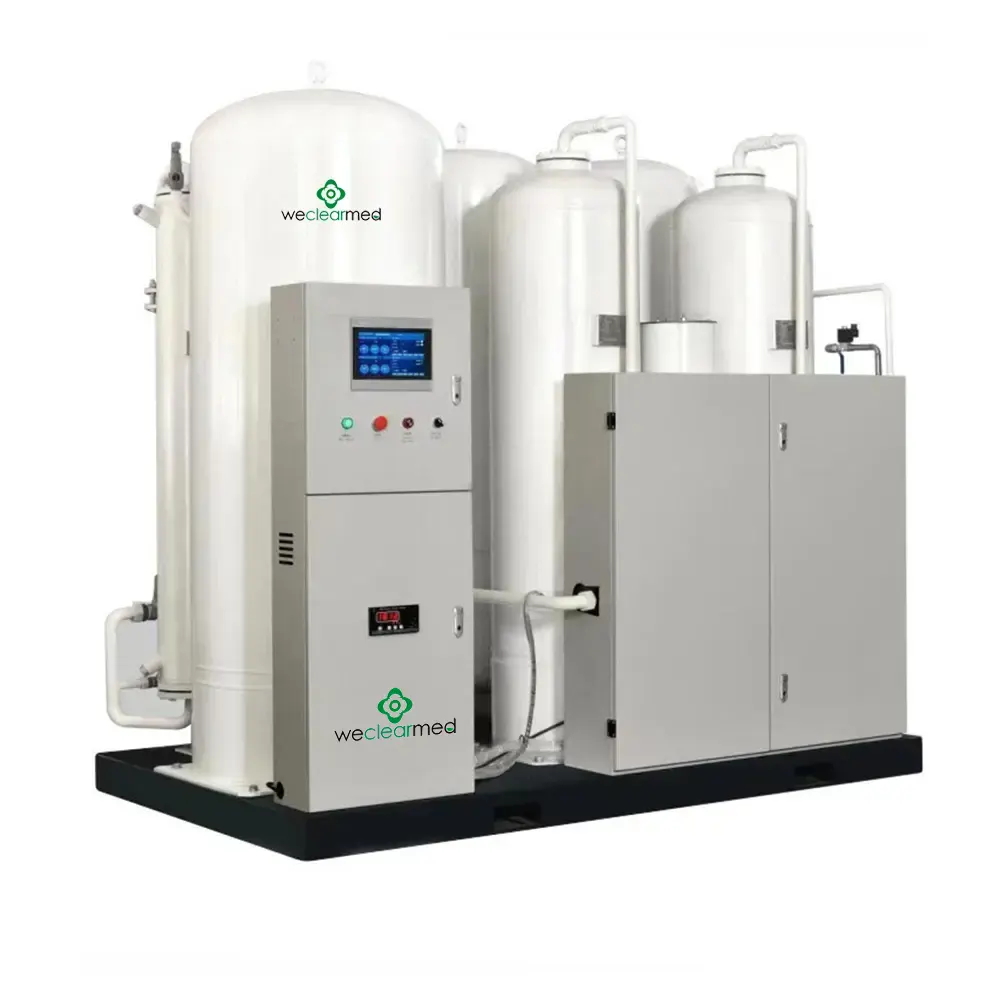
- English
- Español
- Português
- русский
- Français
- 日本語
- Deutsch
- tiếng Việt
- Italiano
- Nederlands
- ภาษาไทย
- Polski
- 한국어
- Svenska
- magyar
- Malay
- বাংলা ভাষার
- Dansk
- Suomi
- हिन्दी
- Pilipino
- Türkçe
- Gaeilge
- العربية
- Indonesia
- Norsk
- تمل
- český
- ελληνικά
- український
- Javanese
- فارسی
- தமிழ்
- తెలుగు
- नेपाली
- Burmese
- български
- ລາວ
- Latine
- Қазақша
- Euskal
- Azərbaycan
- Slovenský jazyk
- Македонски
- Lietuvos
- Eesti Keel
- Română
- Slovenski
- मराठी
- Srpski језик
- 简体中文
How does a medical oxygen concentrator work?
2023-11-13
A medical oxygen concentrator is a device that takes in ambient air, removes impurities, and delivers a continuous supply of high-purity oxygen. It is commonly used for medical purposes to provide oxygen therapy for individuals with respiratory conditions such as chronic obstructive pulmonary disease (COPD) or other conditions that result in low blood oxygen levels. Here's how a medical oxygen concentrator works:
Air Intake:
The concentrator draws in room air through a series of filters. These filters remove dust, pollutants, and other impurities, leaving relatively clean air.
Compressor:
The clean air is then directed to a compressor, which pressurizes the air. The compressed air contains a higher concentration of oxygen molecules than ambient air.
Sieving Process:
The compressed air is directed to a molecular sieve bed within the concentrator. The sieve bed consists of zeolite crystals, which are capable of selectively adsorbing nitrogen from the air.
Separation of Gases:
As the compressed air passes through the sieve bed, nitrogen is adsorbed by the zeolite crystals, allowing the remaining oxygen-enriched air to pass through.
Oxygen Flow:
The concentrated oxygen is then delivered to the patient through a tubing system and a nasal cannula or face mask. The oxygen flow rate can often be adjusted to meet the individual's prescribed oxygen therapy requirements.
Exhaust of Nitrogen:
The nitrogen that was adsorbed by the zeolite bed is released, and this process is typically known as desorption. The released nitrogen is vented into the surrounding air.
Continuous Operation:
The concentrator operates continuously, providing a steady flow of oxygen for as long as it is powered on. Some concentrators are portable and come with rechargeable batteries, while others are designed for stationary use in homes or healthcare facilities.
It's important to note that medical oxygen concentrators are designed to deliver oxygen therapy under the supervision of healthcare professionals. The prescribed flow rate and duration of use depend on the patient's specific medical condition and oxygen requirements. Regular maintenance, such as cleaning filters and checking the device's performance, is crucial to ensure the concentrator functions effectively and delivers the correct level of oxygen concentration. Patients using oxygen concentrators should follow their healthcare provider's guidelines for safe and effective use.



